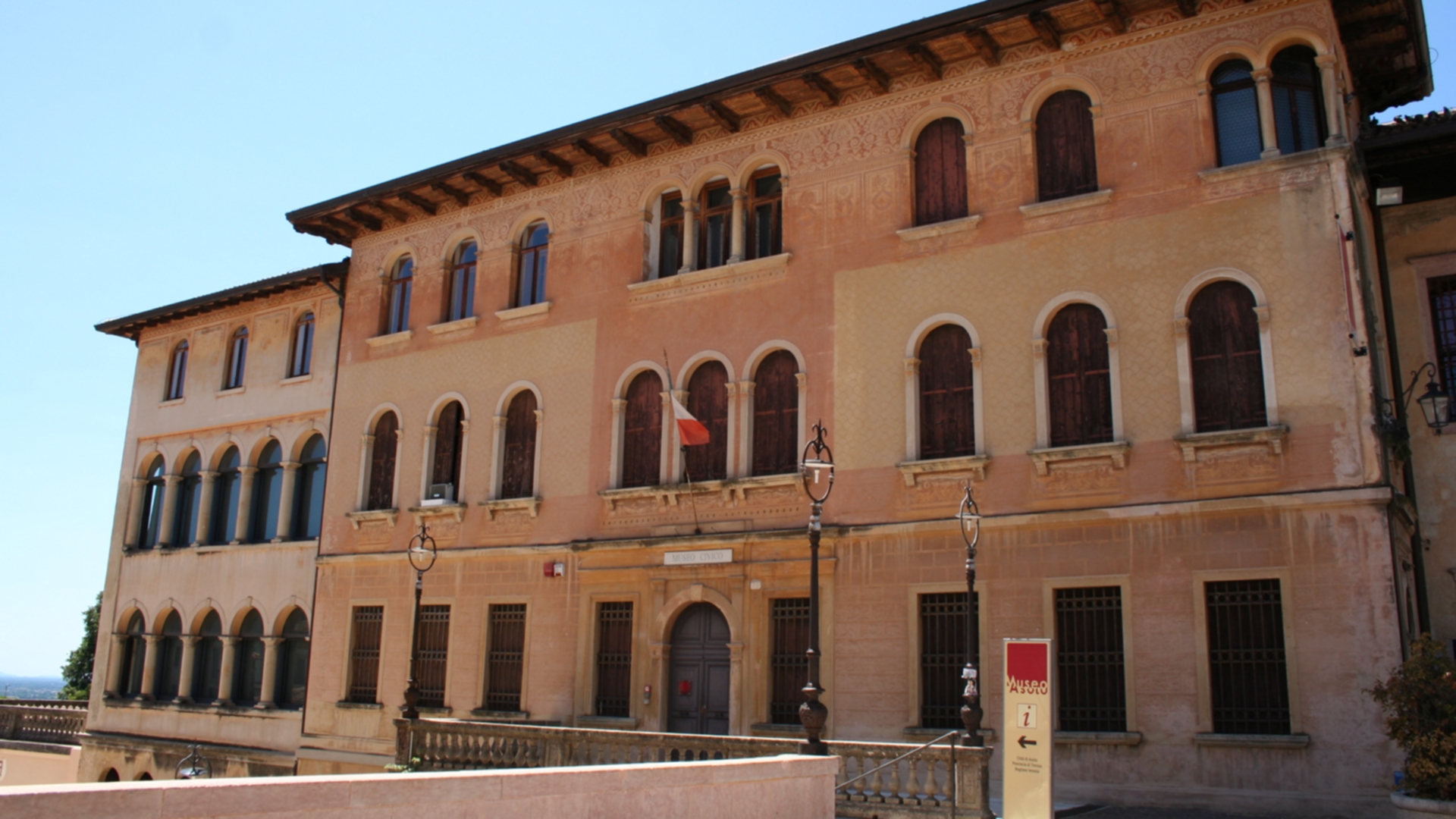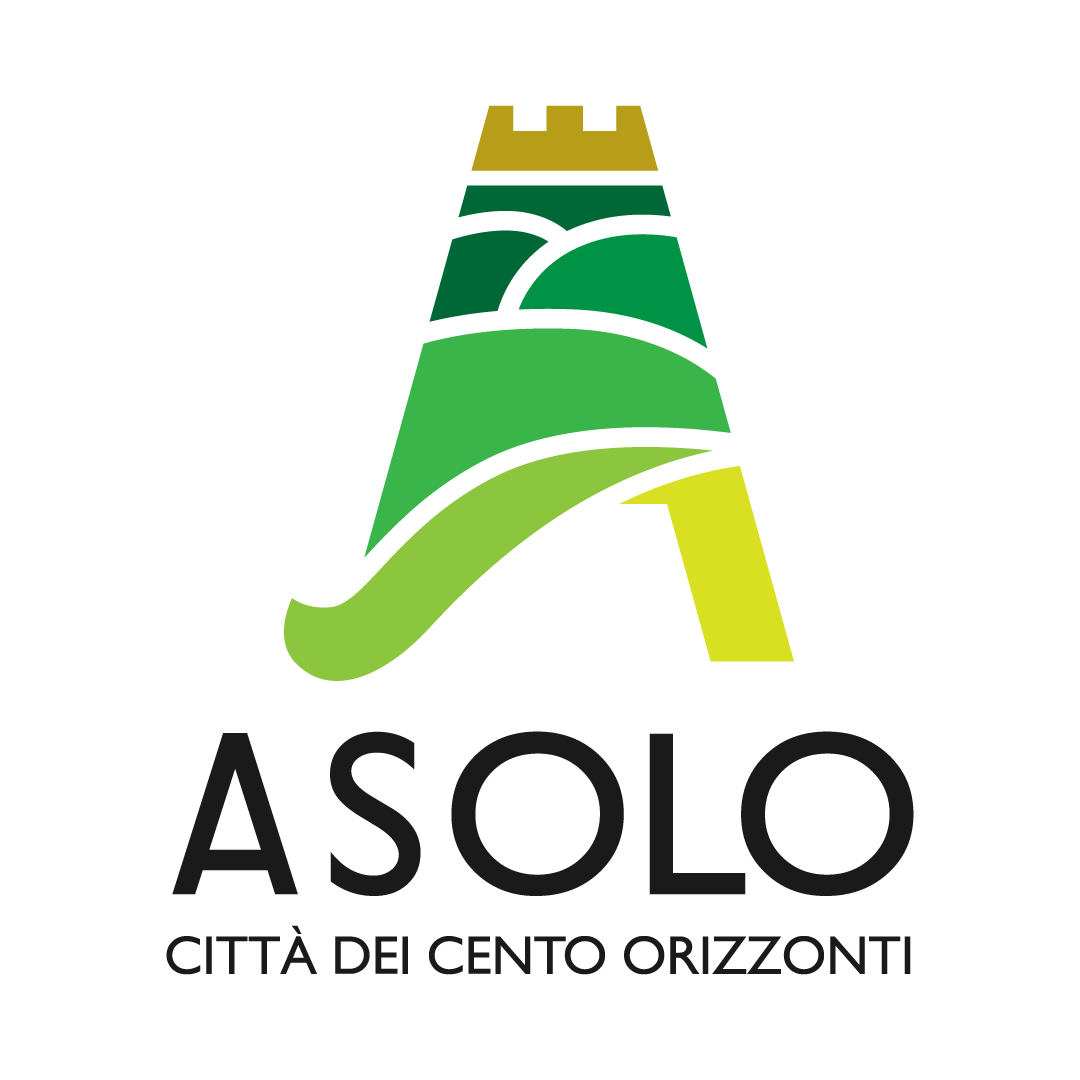
In addition to the Palazzo del Vescovado, the current Town Museum also occupies the Loggia della Ragione building built to house the representatives of the Town Council and the Magnificent Community of Asolo and was decorated with frescos around the middle of the sixteenth century. The first nucleus of the museum’s collections was formed at the beginning of the nineteenth century thanks to donations from Bartolomeo Fietta and, above all, from Domenico Manera and Giovan Battista Sartori Canova.
At the end of the century, the museum was officially instituted, established in the then municipal hall of the Loggia della Ragione, and it was gradually expanded in part as the result of bequests from Andrea Manera and Pacifico Scomazzetto. From the early twentieth century, donations became more and more frequent and considerably increased the artistic and historical items in the institute. Recent rearrangements house the Archaeological Section (Ground Floor), the Art Gallery (first floor), the Caterina Cornaro section, the Treasure of the Cathedral and the Eleonora Duse and Freya Stark section (second floor).
Historical Archive
At the end of the fifteenth century, the Asolo community demonstrated a particular awareness of its deeds and documents as a source that would also be useful to generations to come; from that period it therefore had “a conserving machine” realising the importance of written documentation and the requirement that it is not tampered with, falsified or lost.The history of the Historical Archive over the nineteenth century is interwoven with that of the Museum that was about to come into being.
A number of important manuscripts relative to Asolan history and personalities were therefore included among the museum’s archaeological collections until they were significantly grouped together starting from 1921. In the 1970s, the then Museum Director Corrado Fabris saw to a general rearrangement that enabled academics to use the archive. Since 1981, all the documentation in the Historical Archive (from the fifteenth to the first half of the nineteenth century) was transferred to the museum centre. Restoration operations followed which involved maps, incunabula, the codes of the Treviso statutes etc. The archive is sub-divided into three sections: old regime (1411-1796), Austro-French era (1797-1814) and eighteenth and nineteenth century (1815-1920).
